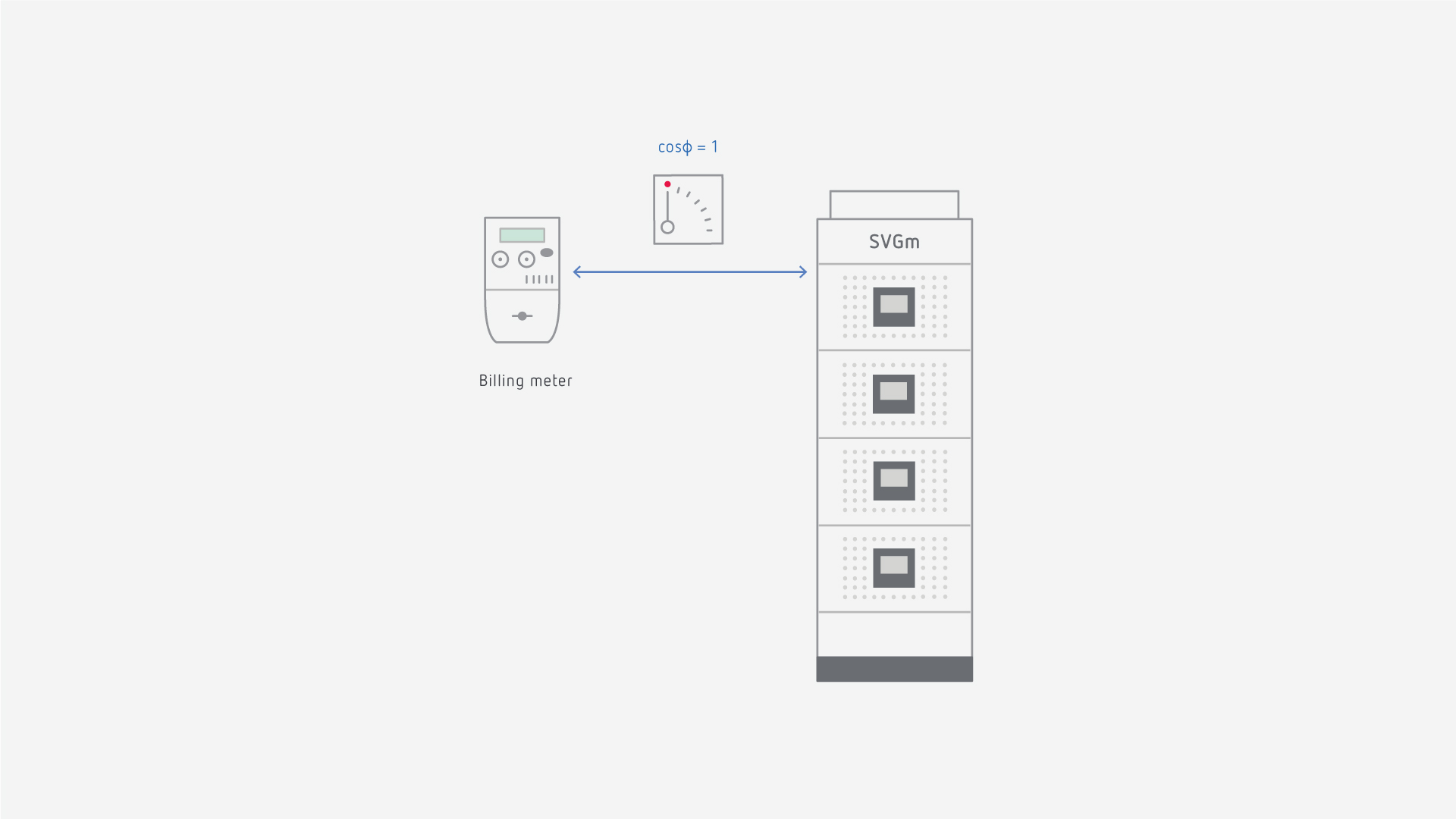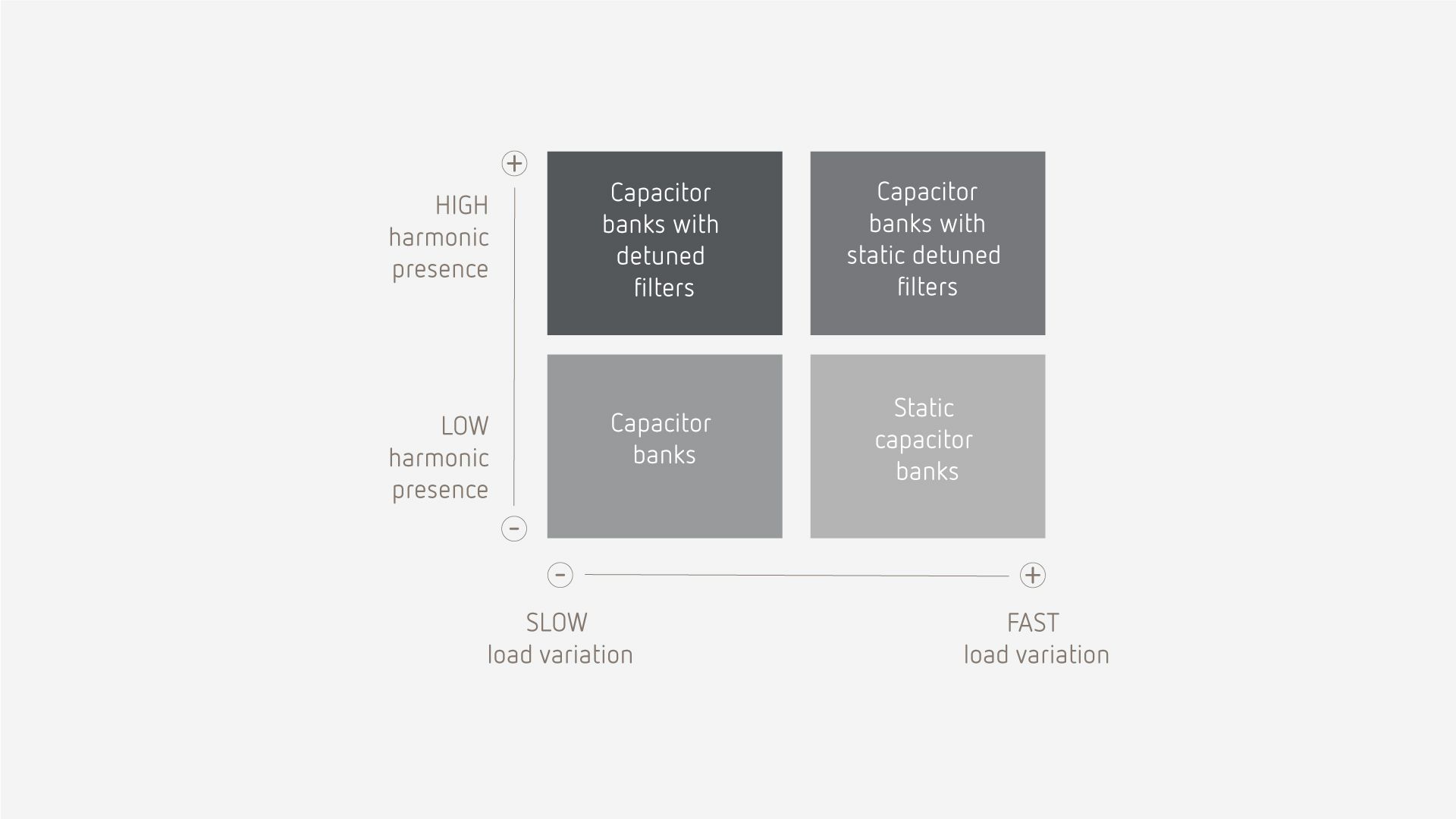In telecommunications facilities, there are a large number of non-linear loads that consume reactive energy. This type of load, usually of the electronic type, is a source of harmonics.
The best solution for compensating both inductive and capacitive reactive energy is via static var, or SVGm, compensators.
The SVGm static var generator lets you set up a target power factor to actively compensate the installation when the threshold exceeds the specified limit.
This solution works by using power electronics, which can be used to program a target power factor to compensate for an excess of both inductive and capacitive reactive power, thus avoiding surcharges in the electricity bill.
Discover more features of our SVGm static var generator.



